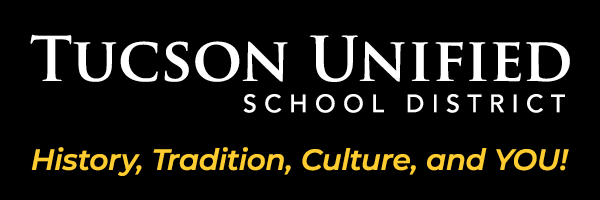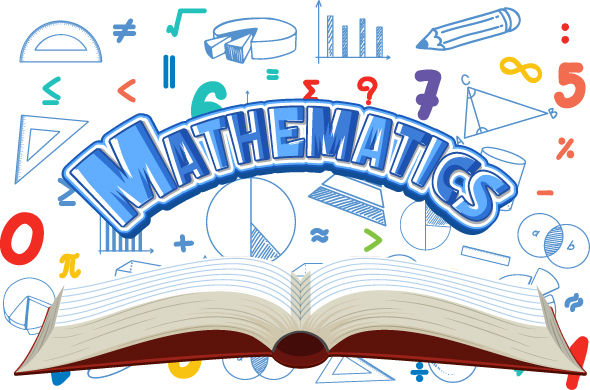1st Grade Math Course
Question 1: How can we use numbers and shapes to explore, describe, and make sense of the world around us?
Question 2: What strategies can we learn for putting numbers together, taking them apart, and comparing them to solve problems more easily?
We learn to work with data to count and add. We organize data in graphs and charts. Then, we count on from parts to find totals and add numbers together. We explore ways to make the same total using different number combinations.
We can use these skills to count different items and find totals. This helps us understand our world through numbers. This work also prepares us to think flexibly about how numbers can be put together and taken apart, which helps with addition and subtraction, explored in the next module.
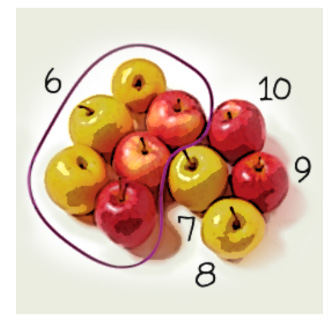
We learn about subtraction and how it relates to addition. We solve addition and subtraction problems using drawings, number paths and number bonds. We find missing parts in problems and solve different kinds of word problems, including comparison problems. Then, we write number sentences to explain our work.
We can use these skills when we use stickers, coloring supplies, figure out how many snacks are left, or compare the number of toys we have with a friend. They also help us compare quantities and make things equal, which is useful when sharing or organizing things. The deep understanding of how numbers change help us as we move into strategies like making ten and working with teen numbers.
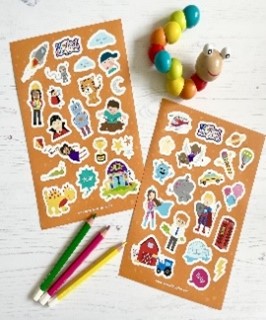
We learn about making ten with two numbers, breaking them apart to add more easily. We also use the strategy of making ten when adding three numbers together. We use number paths and understand how tens and ones work together to add and subtract teen numbers. Finally, we explore different subtraction strategies like “take from ten” and “counting on to ten.”
We can use these skills to figure out how many more we need of something and how many we have left. When playing games, we can keep track of our scores and points. These strategies strengthen our ability to solve problems efficiently and lead into comparing measurements and using numbers to describe length in the next module.
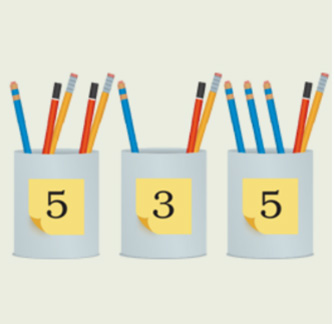
We learn to compare lengths by stating what is taller or shorter. We measure objects using centimeter cubes and rulers. Then, we’ll draw pictures to show our measurements.
We can measure objects in our classroom and homes and compare their length. These skills will help us measure longer items as we grow up. Understanding comparison and measurement gives us a strong foundation for thinking about how place value helps us describe and compare even larger quantities in the next module.
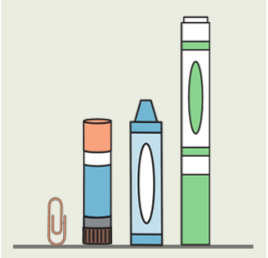
We learn about place value and how tens and ones work together to make big numbers. This will help us compare two-digit numbers using greater than, less than and equal to symbols. We’ll add one-digit numbers to two-digit numbers and practice adding and subtracting tens. Lastly, we’ll add two-digit numbers together.
We use these skills to compare ages, count collections, and solve real-life problems that involve bigger numbers.

We continue to count beyond 100, write those numbers and add two-digit numbers up to 100. We also explore different shapes like triangles, squares and cubes. We also learn about fractions like halves and fourths, and how they help us divide shapes.
We use these skills to build with blocks, share food fairly, tell time, and add scores in games—using both numbers and shapes to describe the world around us.
This final module brings together our understanding of numbers, shapes, and strategies, giving us the tools to solve problems, see patterns, and explain our thinking with confidence.
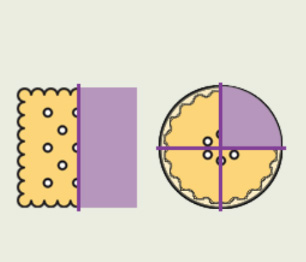
We are here to equip, inspire and enrich the strengths of all learners with relevant educational experiences for lifelong learning.
Every day we strive to provide a world-class education that is equitable, empowering and inspiring for all.
Learn more about our programs & resources.
C&I Department
520-225-6282
1010 E. Tenth St., Tucson, AZ 85719 Map (google.com)
